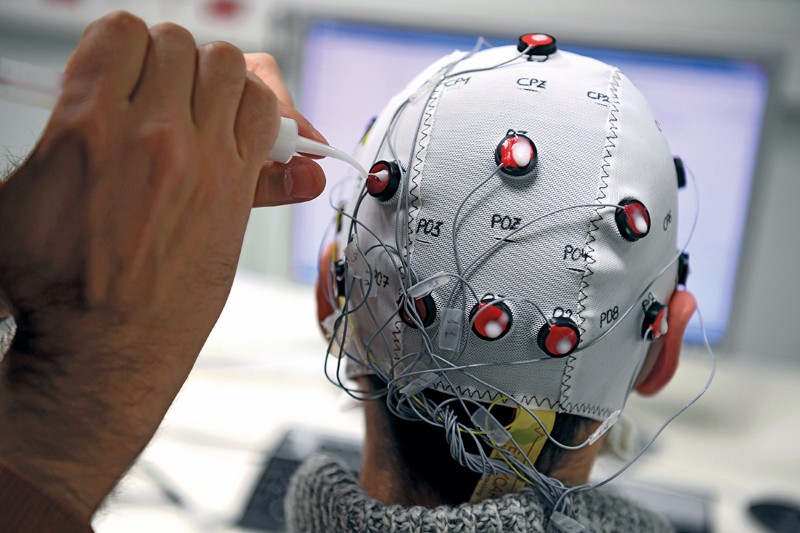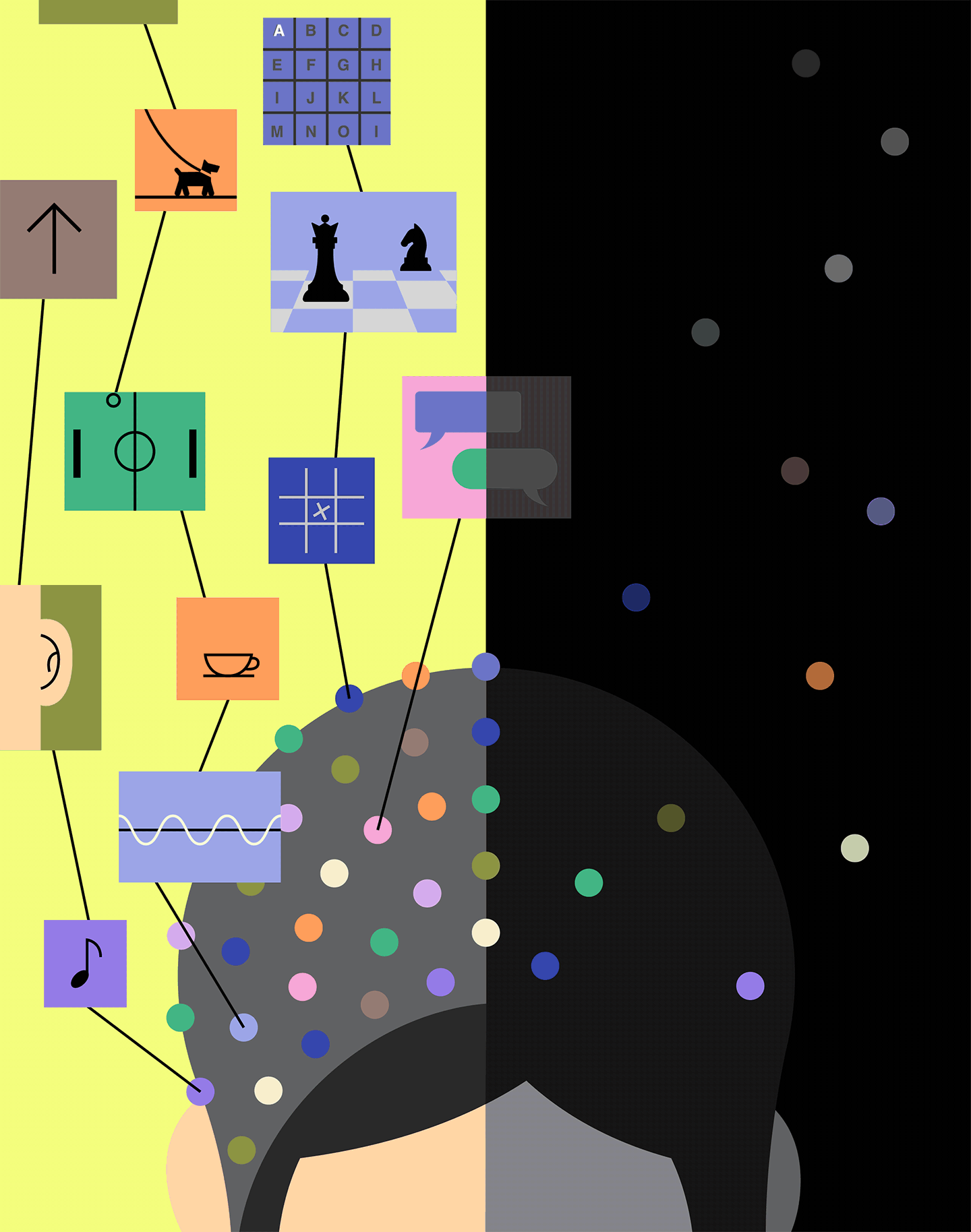Once the hegemony of skin and skull is usurped, we may be able to see ourselves more truly as creatures of the world …

Conditioning the Moral Compass
Conditioning the Moral Compass
He has no real choice, has he?
Self-interest, fear of physical pain, drove him to that grotesque act of self-abasement. Its insincerity was clearly to be seen. He ceases to be a wrongdoer. He ceases also to be a creature capable of moral choice
Burgess 1962
Manuel and Sandra are talking about the following article:
The ethics of brain–computer interfaces


-
- ArtHouse Studio from Pexels
- PixxlTeufel from Pixabay
- ArtHouse Studio from Pexels
In this post the dialogue is realised by an interaction of virtual characters, for more information please check the page “Virtual characters“
Manuel
It gets worse?

Sandra
Sure, as think about facial recognition: useful as assistive technology for the blind, bad if used for racial profiling
Manuel
Right, I see what you mean

Sandra
Also with Brain Computer Interfaces and neurostimulation: what could it be used for?
Manuel
You tell me!

Sandra
Well, have you seen or read “Clockwork Orange” ?
Manuel
The old Kubrick movie?

Sandra
Yes, but it’s actually based on a book by Anthony Burgess.
Manuel
Right, I remember the main character, Alex, being somehow conditioned, right? 😉

Sandra
That’s right: aversion therapy to block bad behaviour. Like spraying your cat when it gets on the counter.
Manuel
Ok, so like behavioursim? Pavlov’s dogs?

Sandra
Exactly. The story criticizes the attempt to “re-train” someone to be good. What if we could do that directly in the brain?
Manuel
Oh my goodness! That’s straight-up mind control! 😣

Sandra
Yep, put your tinfoil hat on. 😄
Manuel
So there actually could be a way to do that? 🤔

Sandra
It is realistic enough that people are afraid about this possibility
Manuel
Really? 😯

Sandra
Maybe not now and not with a decade, but think about how much computers have shrunk: from room size to pocket size
Manuel
True, I even have one on my wrist …

Sandra
So what if everyone gets a Brain-Computer Interface in 50 years because it is useful and practical … and then it gets hacked?
Manuel
Now suddenly it doesn’t sound so unreasonable anymore …
… Continue to read the conversation between Manuel and Sandra on Saturday 16th October…
Related post
Total posts on the argument
The Extended Brain
Future of Days Past
Extrapolative works of science fiction arrive about where the Club of Rome arrives … between the gradual extinction of human liberty and …
More than one Way to Reskin a Cat
But you comprehend the result ? … Man’s complete triumph over disease by this process of dissolution and rehabilitation
Insert Coin to Pray
“There is no great invention, from fire to flying, which has not been hailed as an insult to some god…
No Results Found
The page you requested could not be found. Try refining your search, or use the navigation above to locate the post.


 (4 votes, average: 4.25 out of 5)
(4 votes, average: 4.25 out of 5)














